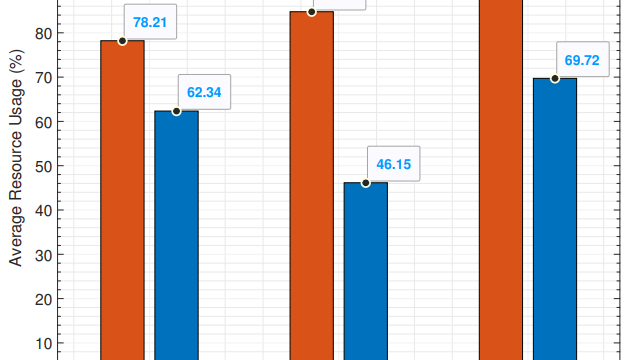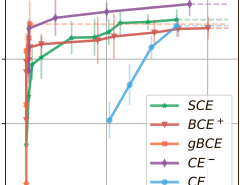Authors: Yagmur Yigit, Ioannis Panitsas, Leandros Maglaras, Leandros Tassiulas, Berk Canberk
Published on: January 25, 2024
Impact Score: 8.6
Arxiv code: Arxiv:2401.14005
Summary
- What is new: Introduction of a cyber-twin framework that synergizes digital twin technology with AI to bolster the security of Roadside Units (RSUs) in VANETs while promoting environmental sustainability.
- Why this is important: The dynamic complexity of Vehicular Ad-hoc Networks (VANETs) makes them prone to cyberattacks, significantly compromising road safety and vehicular communication.
- What the research proposes: A novel cyber-twin framework that employs digital twin technology combined with AI for real-time, dynamic representation of RSUs to enhance their security and sustainability.
- Results: Marked improvement in resource management and threat detection, achieving a substantial reduction in RSU load and an optimal balance in resource use and attack detection efficiency.
Technical Details
Technological frameworks used: Cyber-twin
Models used: Artificial Intelligence
Data used: nan
Potential Impact
Automotive, cybersecurity firms, and smart city infrastructure providers could benefit from this research, while traditional vehicular communication security solutions might face disruption.
Want to implement this idea in a business?
We have generated a startup concept here: CyberTwin SecureComm.




Leave a Reply